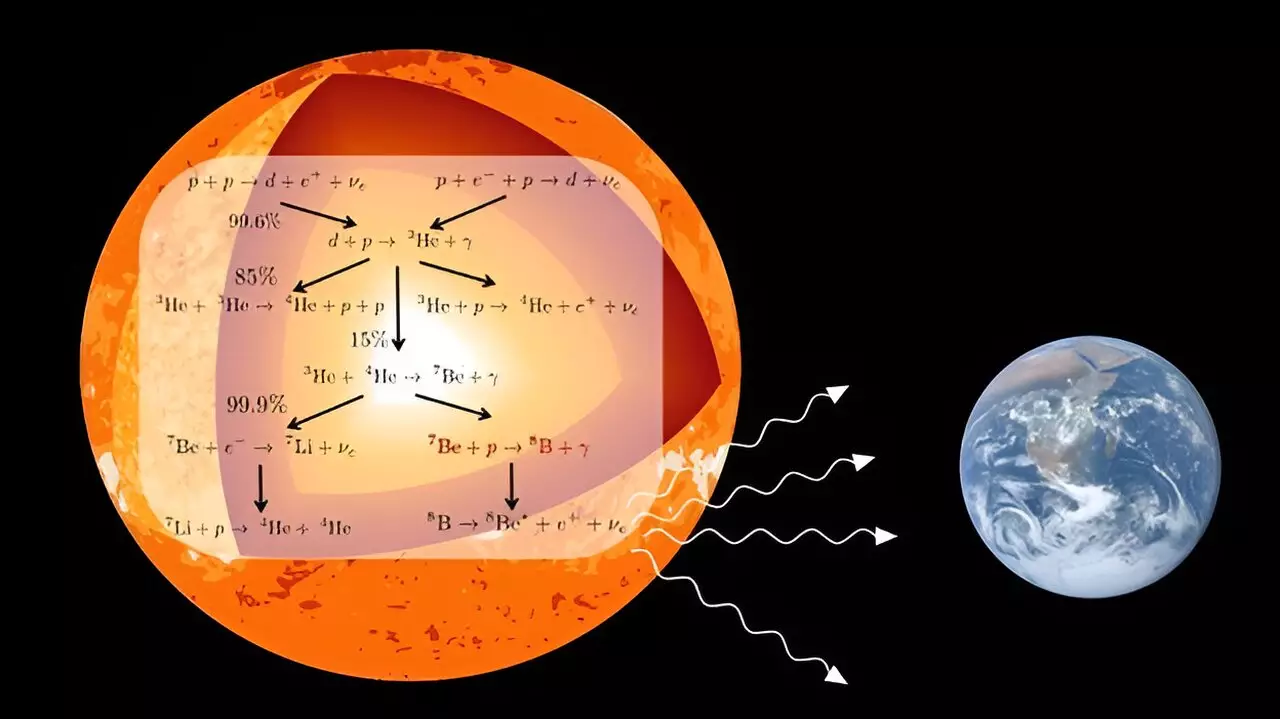The energy emitted by the sun and other stars is a result of a series of nuclear fusion reactions. The final stage of these reactions involves the fusion of protons with beryllium-7 to produce boron-8. This particular process is crucial in determining the flow of high-energy solar neutrinos that reach the Earth. However, replicating these reactions under the low-energy conditions within the sun is extremely challenging in laboratory settings on Earth.
Given the difficulties in conducting experiments to study low-energy nuclear reactions, scientists heavily rely on theoretical calculations to estimate the rate of these reactions based on experiments conducted at higher energy levels. Nevertheless, there is a level of uncertainty associated with these extrapolations.
A recent study published in Physics Letters B introduces a new protocol that significantly reduces the uncertainty in determining the rate of proton fusion with beryllium-7 at low energy. By utilizing data from experiments conducted at higher energy levels, scientists were able to achieve results that align with the currently accepted values while reducing uncertainties by a factor of five.
This development heralds a new era of improved predictions based on the standard solar model. The advancements in accurately determining critical reaction rates within the sun will enhance our understanding of neutrino properties, as well as the internal dynamics of stars.
Researchers involved in the study conducted a comprehensive analysis of the beryllium-7 and proton fusion system. Their predictions, along with quantified uncertainties, were derived using the no-core shell model with continuum. This model, based on first-principle calculations, allows for a detailed examination of the structural and reactive properties of light nuclei.
The integration of various two- and three-nucleon interactions from chiral effective field theory, along with multiple orders of the chiral expansion, enabled researchers to uncover universal properties of the system. Through a combination of theoretical calculations and experimental data, the researchers were able to determine an evaluated proton-beryllium-7 astrophysical capture rate that aligns with the recommended value but boasts significantly reduced error margins.
The new protocol established through this study is set to establish a precedent in evaluating light-ion astrophysical reactions, particularly in areas where direct experimental measurements are unfeasible. This advancement in solar neutrino research will not only aid in the understanding of current fusion processes but also pave the way for similar improvements in the study of other crucial reactions within stars, such as the fusion of helium-3 with helium-4 and the capture of protons on nitrogen-14.


Leave a Reply